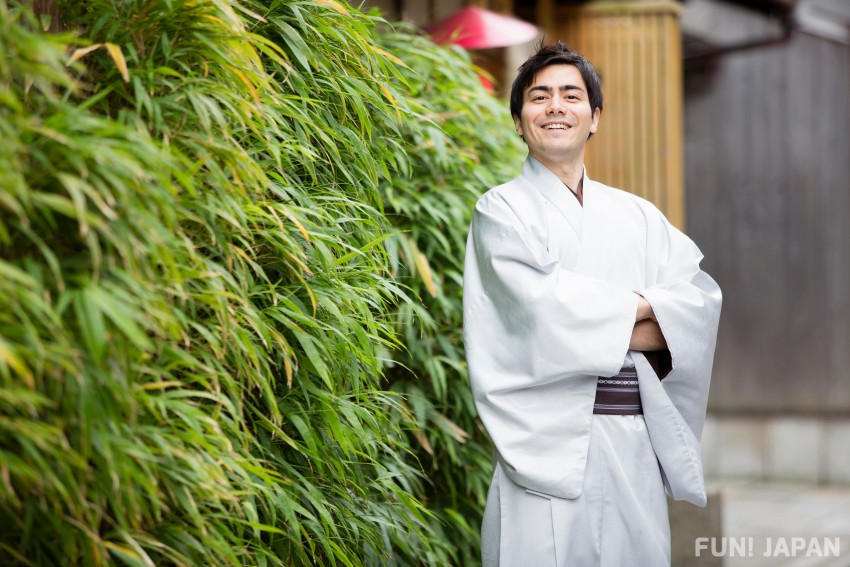
The Japanese traditional Kimono used to be worn by men and women, but in these days, people don't wear except in their special occasions.
Kimono for men are very simple compare to those for women. Let's see in detail in this article and explore your favorite kimono style!
The Pieces of Male's Kimono
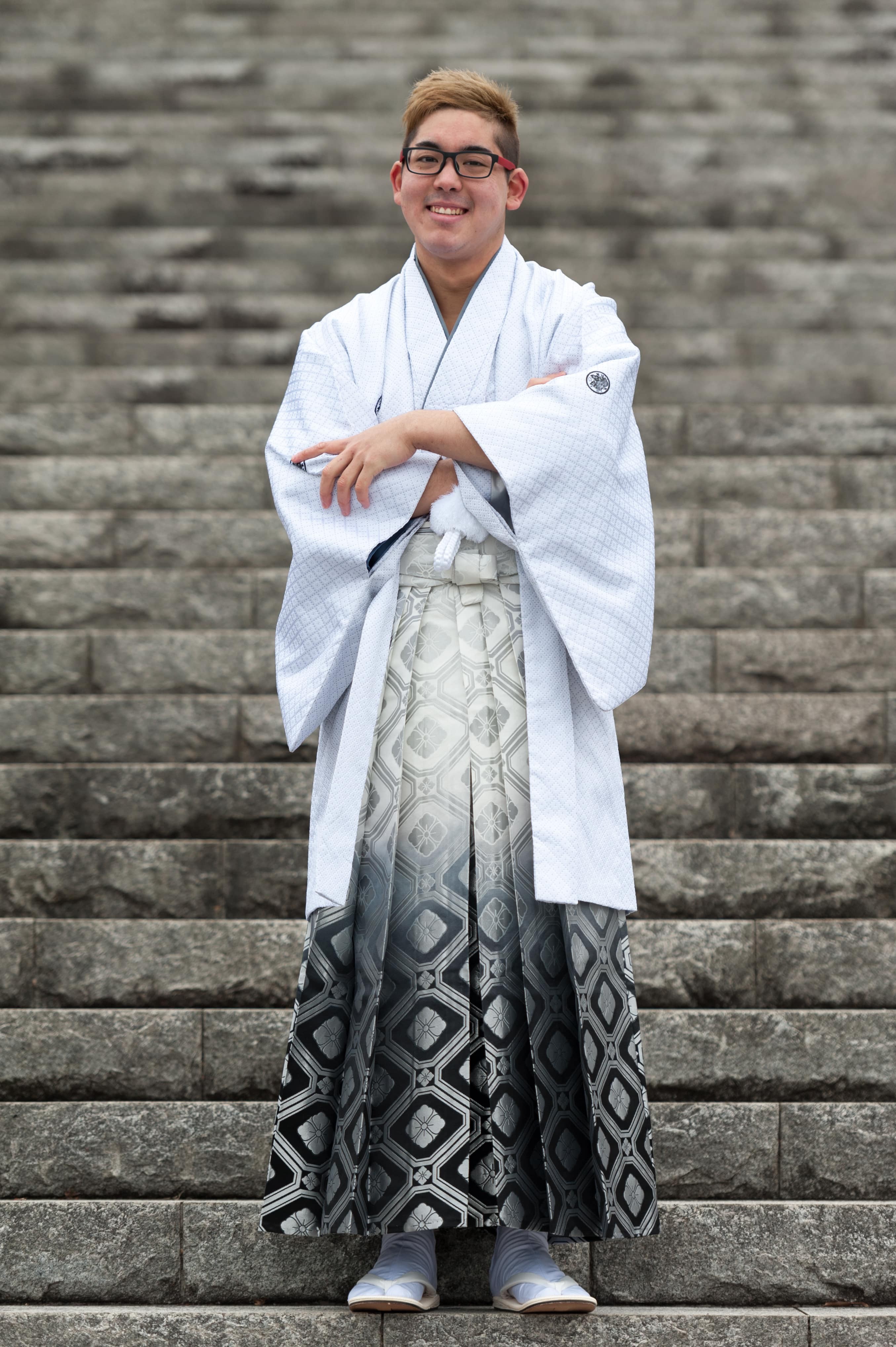
One-piece or two-piece—with hakama (pants) is men's kimono. Women's kimono has both one-piece and two-piece—with hakama as well but wearing hakama is very rare.

The two-piece—with hakama is worn when men visit someone or at a party.
One-piece is kind of daily cloth, and it includes yukata which are still now popular among Japanese men wearing at summer events like fireworks festival in Japan.
You may find this yukata style kimono in Japanese inn, too.
The Color and The Pattern of Male's Kimono
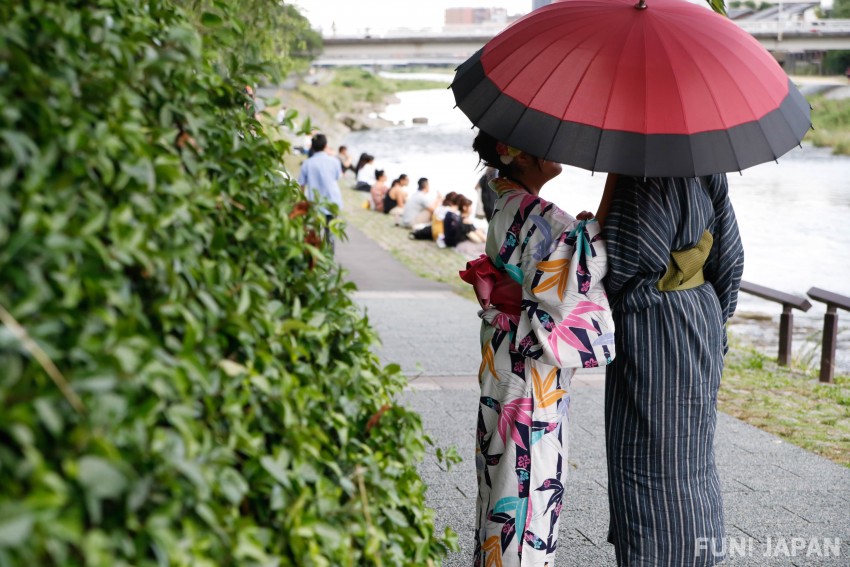
Mainly, men wear solid black, brown, navy or gray kimono, while women wear a variety of color with lots of patterns such as flowers, animals, birds and so on. However, recently, modern pattern kimono for men are coming up.
What to Wear Under Kimono
In general, man wears underwear and a juban (肌襦袢 undershirt). However, T-shirts, tank tops, etc. may be used without having to purchase special items. However, try not to wear undergarment that may be visible on the neck, sleeve-cuffs, or hem of a kimono.
Additionally, In the past, a loincloth (褌 fundoshi) had been worn, but nowadays, if it is not visible outside, normal underwear worn on a daily basis is OK.
What to Wear as Shoes
Men wear zori or geta which look like beach sandals. Usually zori is made of straw, but they are not required to wear tabi socks. On the other hand, geta is made of wood, and they are required to wear tabi socks.
3 Recommended Photo Spots for Men in Kimono
We will introduce the shooting spots in Japan that make a great picture when you wear a kimono.
With the Greenery
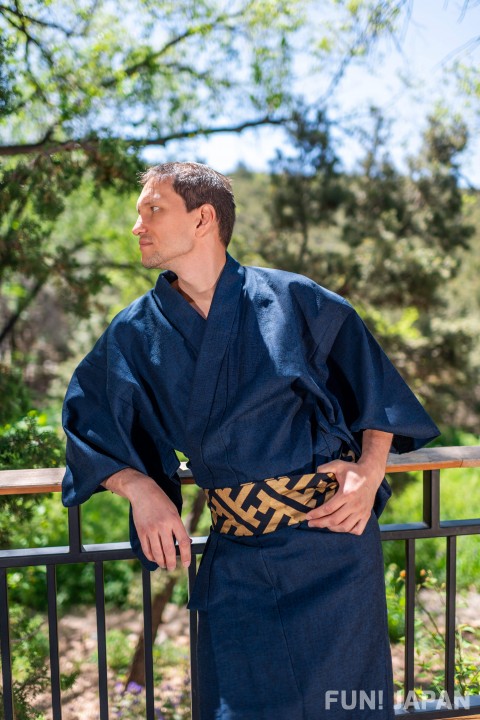
From spring to summer, the natural green color is beautiful. On a clear day, the essential lighting will pass through the leaves, and you will be able to shoot an image with freshness. When shooting in bright sunlight, you can clearly see the pattern of the kimono and the color of the obi, so you can enjoy using a Japanese umbrella as a color accent on a yukata or accessories designed to look great in the photo.
With Deep Blue Sky and Sea as Background
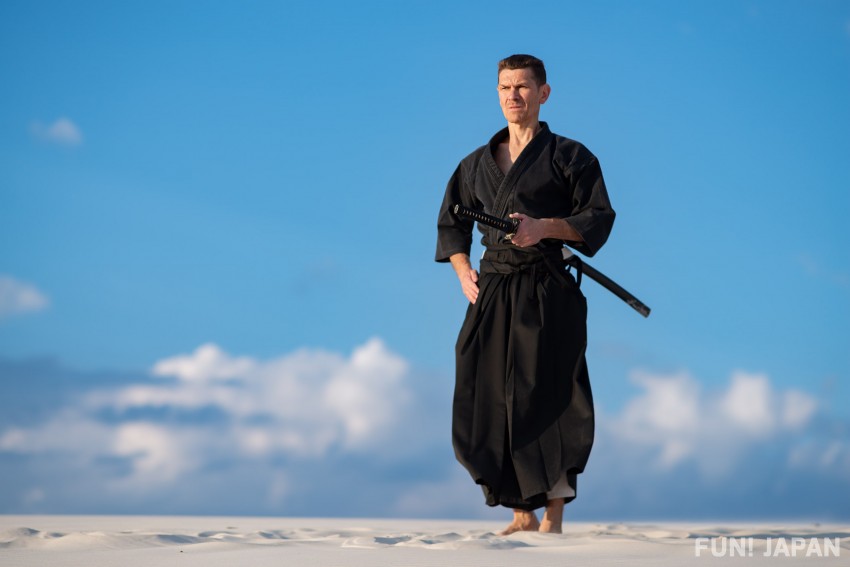
In Japan, except for June when the rainy season and February when it is snowing, the blue sky is relatively visible all year round. If you use a simple and light-colored landscape as a backdrop, kimonos such as black, navy blue, and dark brown will shine.
Going Out for Firework Festival
In summer, many fireworks festivals are held in Japan. The fireworks that decorate the night sky are colorful and beautiful. It will be a commemorative piece if you wear a yukata and shoot pictures. When shooting in the dark, be sure to check your feet so that you do not fall.
Shoot at different angles and find your favorite one.
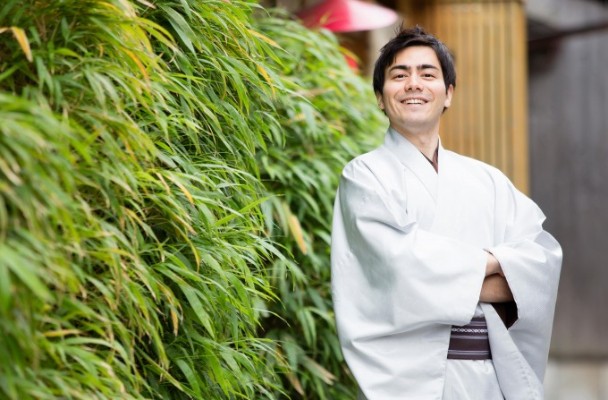
Comments